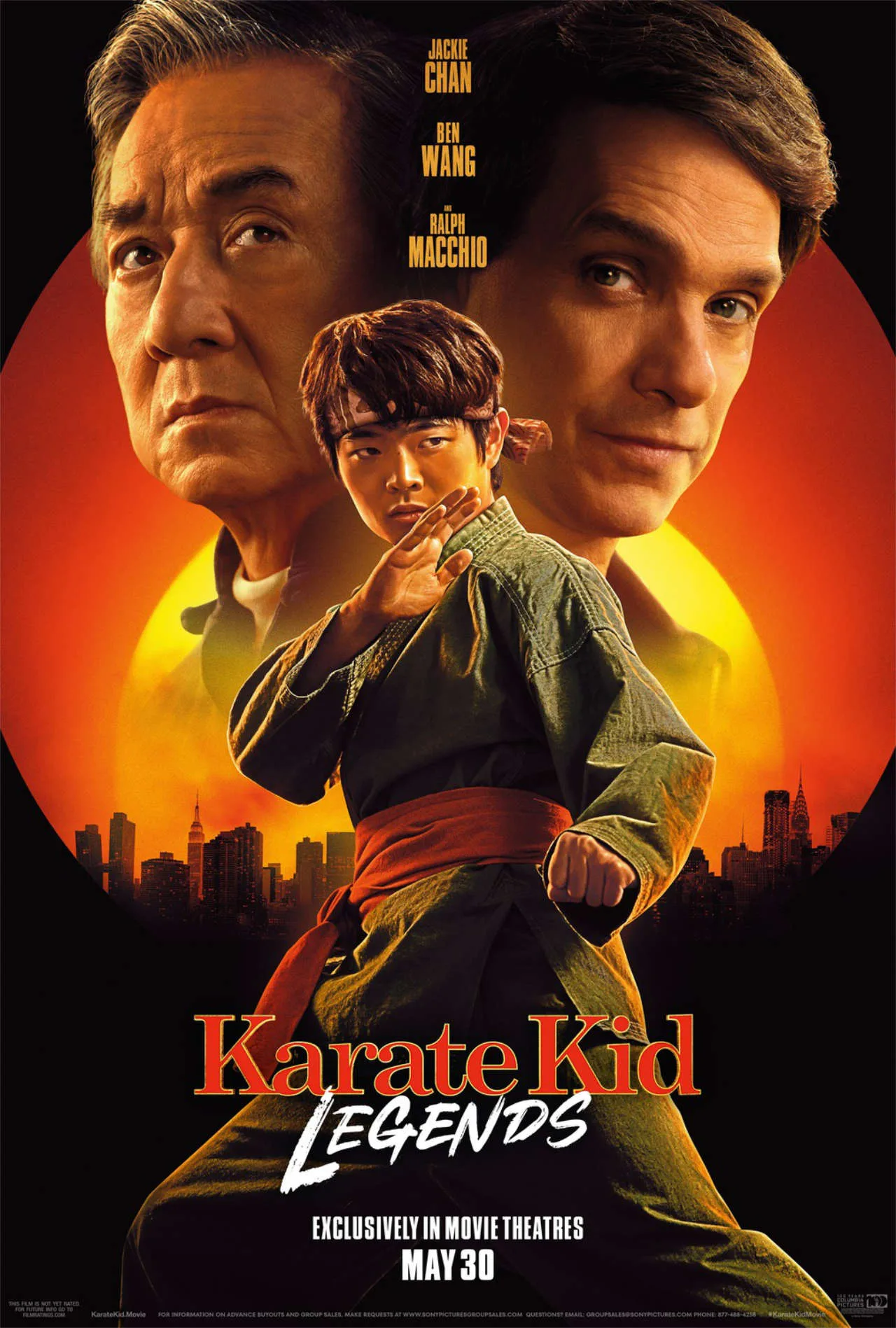www.computerweekly.com
As LinkedIns chief product officer (CPO), Tomer Cohen oversees the teams responsible for product management, user experience and design, and customer operations. His journey to his C-suite role came after admiring the company from afar.Cohen moved to Silicon Valley in 2008 from Israel to study at Stanford University. He attended a lecture discussing the power of social networks in the engineering school with entrepreneurs including Mark Zuckerberg and LinkedIn co-founder Reid Hoffman. While Facebook was the hyped platform, Cohen remembers being one of the people in the audience who was wowed by the potential power of a professional social network.My LinkedIn fandom started there, he tells Computer Weekly at the firms London office near Farringdon Station. I joined the company later. I ran a startup right after school and then worked for a venture capital firm as an entrepreneur in residence. I joined LinkedIn after having a conversation with the person who was in my current role today. We talked about how we could build LinkedIn as a mobile product.When he joined in 2012, the LinkedIn platform was associated with the desktop. Cohen had already built mobile products in the startup community and saw the growth opportunity. We talked about my vision and how LinkedIn could be a mobile product. I was asked, Why dont you come here and build it? And that was the start of my LinkedIn journey, he says.Cohen led the transformation from desktop to mobile platforms and then shifted to work on the companys feed and engagement-focused products. After working in senior roles in the consumer products division, he became chief product officer in June 2020. After 13 years working for the company, Cohen is still excited about whats to come.The reason I still love working here, and Im still so bullish about the company, is the same as when I saw Reid Hoffman back in 2008, which is the power of connecting people to the professional network that capability can open tremendous opportunities, he says. I can show you how everything were building aligns with that purpose.There have been many changes since Cohen joined the company. LinkedIn now has more than one billion members. The types of engagement on the platform have changed, too. He says people use the app as a way to grow their careers and their businesses.Now you make a living on LinkedIn talking about your craft, he says. Theres been an evolution over time. Its been built brick by brick. But in many ways, it was the idea that LinkedIn can be your superpower and my job, as CPO, is to help you expose that superpower and make it simple to understand how LinkedIn can help you achieve your outcomes.Cohen simplified the product as he developed the platforms mobile experience. Then, as he looked to encourage engagement, he focused on helping people share knowledge easily and build a community. This decade-long experience has involved helping LinkedIn transform from what was perceived as a job site into something deeper.LinkedIn can be your superpower and my job, as CPO, is to help you expose that superpower and make it simple to understand how LinkedIn can help you achieve your outcomesTomer Cohen, LinkedInJobs are a big part of LinkedIn, and rightfully so, he says. But the idea that you can do more on the platform grew over the last decade. When you ask members today how they think of LinkedIn, many will say, Its my daily work tool. That wasnt the case in the past, and Im proud of how weve made LinkedIn a productivity tool that can help you throughout the day versus something transactional you use every few years when youre looking for jobs.Cohen points to some important product developments. His team spent time and resources honing the individual feed experience. They also focused on developing pages to allow organisations to create professional experiences on LinkedIn that focus more on updates and content, and less on basic information.These product developments have been tailored by gradually learning what works for members. Cohen says a successful CPO thinks carefully about how to turn a companys vision into a product strategy. He gives the example of individual feed experiences at LinkedIn and how his team explored how the feed could help people create new opportunities.CPOs must translate the companys vision into value and develop the product strategy behind that process. So we measure success by things like, Was a person able to build influence? Were they able to get a job? Are they getting engagements?He gives an example from his professional life: I met one of my professors from Stanford six months ago, and he said, I started sharing things regularly on LinkedIn because somebody told me this would be a good way to get my ideas out. Now Im getting approached for speaking engagements.Cohen moved into the CPO role during the coronavirus pandemic. He says the fresh working styles that boomed, such as hybrid and remote approaches, are still creating an impact today.Suddenly, you can get a job anywhere because you can work from anywhere, he says. Thats a big change. Were seeing unprecedented change in terms of employment. The time constant of change is much greater than the time constant of response, which means you dont have the luxury of having playbooks to adapt to the world of work. And right now, whether or not professionals are thinking of changing their role, their job is changing.Cohen refers to LinkedIn research that suggests 70% of the skills required for jobs today will change by 2030. Thats staggering, he says. Thats just four-and-a-half years, and thats not a lot of time. As CPO, I must think about how to help members navigate change successfully.Read more interviews with chief product officersBalancing AI with human creativity: We speak to Grant Farhall, CPO at Getty Images and iStock, about the role generative AI can play in the image-making process.David Wong, Thomson Reuters: We speak to the CPO of Thomson Reuters about working with artificial intelligence and embedding Microsoft Copilot for Word.Exploiting AI for good and for bad: The CPO of AI security firm Darktrace, Max Heinemeyer, explains how large language AI models are making it harder for people to spot email attacks.One of the key accelerators for change is artificial intelligence (AI). Cohen says technology always generates new solutions to overcome challenges at a personal and professional level, especially in a big business like LinkedIn. However, he suggests the scale of transformation with AI is different, and people must adjust quickly and effectively.Cohen refers to an example from his department. Full Stack Builders (FSB) launched last year and uses AI in product development at LinkedIn. Rather than a series of discrete tasks, such as designing and engineering, product development is undertaken by one professional assisted by AI services, including tools that deal with coding assistance and product management.We have an opportunity to collapse the stack back and say, Hey, development requires an idea and creativity, but it also needs other things like, how do you code your product, how do you spec it, and how do you design it? We see with FSB that many things can be done with AI, allowing you to push out the frontier of product development, he says.When you zoom out, we empower people to build what they want. And, in our organisation, were allowing people to start doing that work. Were experimenting with the idea that you can now work full stack. So, youre not hired only for a specific role. Instead, you can work across the experience to build a product, which was not the case before.Instead of working with between five and 10 teams in multiple functions, a full-stack product developer uses emerging technology to collapse a complex, multi-disciplinary process into a streamlined activity completed by one person. The company powers this approach with proprietary technology, Microsoft services and a range of large language models.Now I can use AI to say, Hey, heres my spec. This is what I want to build. Can you create it for me? Can you design it for me? And then, from design, you can take it to code. You can have a full design. The technology empowers our people to build without the friction in the middle of the process.Cohen says this AI-enabled approach aims to build agility into the development process to create new, high-quality products. He recognises introducing emerging technology can involve a significant culture shift for professionals who use these tools daily. However, at LinkedIn, using AI must be par for the course.Its everyones job, he says. We have an incredible IT team. Their job is partly to bring the best tools to LinkedIn that meet our norms and governance. Our developers are excited to ensure theyre always looking for the best tools out there right now. At the same time, theyre ensuring those tools are part of our DNA that theyre trustworthy, there are no privacy and security concerns, and they work well within our stack. Were experimenting with the idea that you can now work full stack. So, youre not hired only for a specific role. Instead, you can work across the experience to build a product Tomer Cohen, LinkedInAs LinkedIn continues to use AI to hone its internal working practices and external services, what will these advances mean for the company and its members? Cohen suggests the endpoint is personalisation. Over the next 24 months, he expects the company to develop more tailored tools for users.What you need from LinkedIn is different from what I need, he says. So, how can you give someone the best, personalised experience when they open the app? That capability requires us to build much faster and with higher quality, so youre getting the experience you want rather than the general experience were building across our app.In late 2024, LinkedIn launched its first AI agent to help recruiters on the platform work more effectively. Hiring Assistant is designed to assume multiple recruitment tasks, from managing administrative tasks to sourcing and engaging with candidates. Cohen says one of the reasons hes in the UK is to help launch the service. He says these early explorations show the potential power of agentic AI.With that agentic experience, we can go market segment by segment, and youll have an agent to complete work on your behalf, he says. The AI is doing everything finding, sourcing, reaching out and vetting candidates. People using the technology already see between 15% and 47% efficiency gains. This technology is just making work more efficient.











